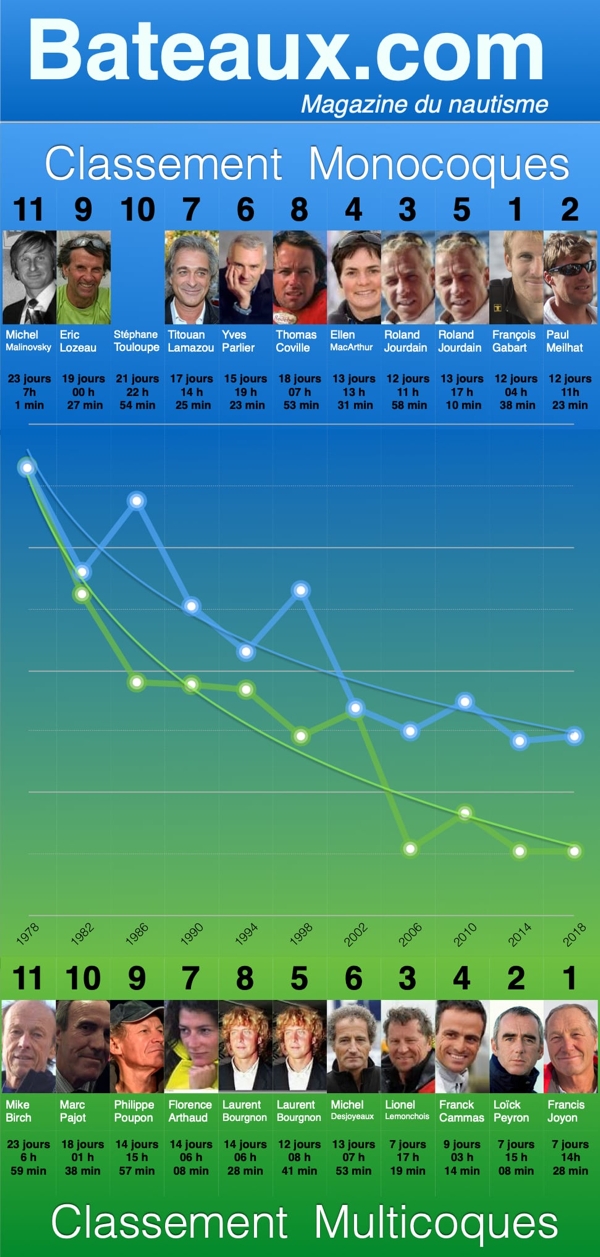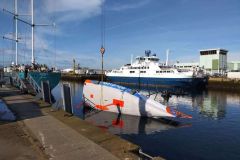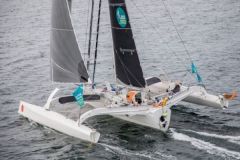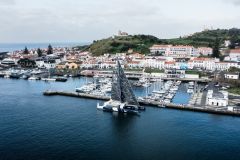40 years of boat acceleration
We have plotted on a spreadsheet the crossing times of Route du Rhum winners since its inception in 1978. The resulting graph shows how the reference times of Route du Rhum winners have evolved between monohulls and multihulls. Both curves have steadily declined over the past 40 years, with times divided by 2 for monohulls and by 3 for multihulls.
Today, although the weather remains the great unknown for this transatlantic race, a new trend is emerging, with curves tending to flatten out. The difference between Loïck Peyron's record in 2014 and Francis Joyon's in 2018 is just 38 minutes, and less than 2h50 with Lionel Lemonchois' record in 2006.
Endless technological evolution?
What's next? Will the new generation of foilers, both mono and multi, improve on these record times? Could the first boats break the 6-day barrier, breaking Francis Joyon's record of 7 days, 14 hours and 28 minutes? The average speeds recorded in recent races have been impressive. But as we can see, the last tenth of a knot of average speed is expensive, both technologically and economically. Then there's the need for reliability and the risk of high-speed collisions. Feel free to make your predictions in the comments...
Before beating the reference time, however, the Route du Rhum remains a race in which you're up against rivals, even if beating the record will always be a very nice cherry in a rum concoction.





















